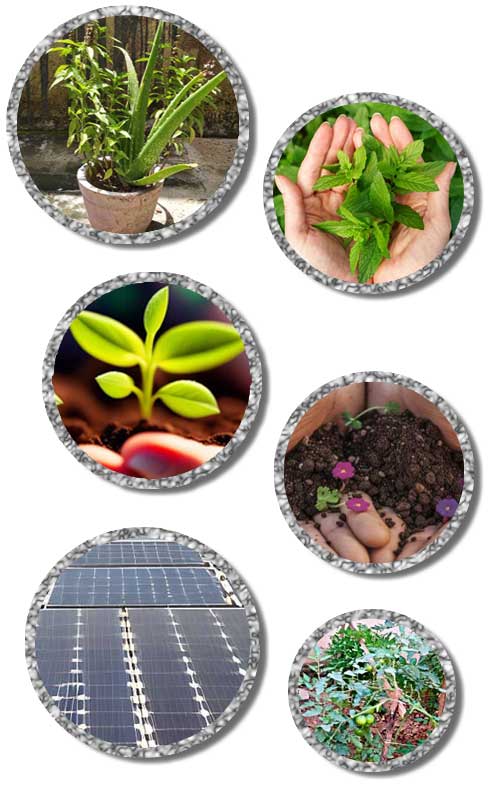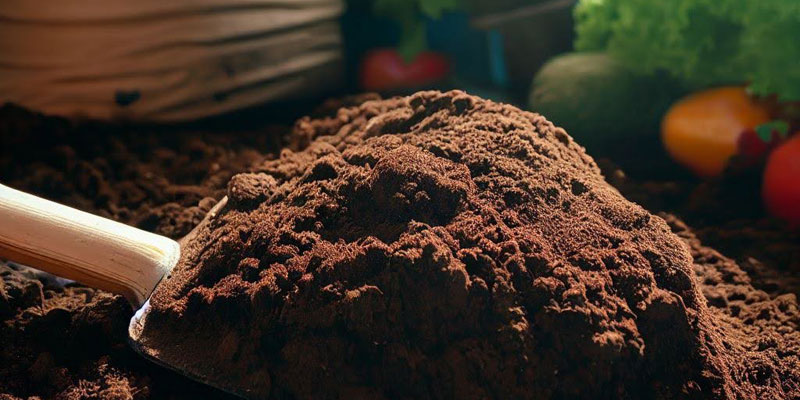Kitchen gardening is a great way to grow your own fresh and organic vegetables, herbs, and fruits at home. You can enjoy the benefits of gardening even if you have a small space, such as a balcony, patio, or windowsill. However, before you start planting, you need to prepare the soil for your kitchen garden. Soil is the foundation of any garden, and it determines the health and productivity of your plants.
Here are some steps to prepare the soil for kitchen gardening:
- Choose the right containers or raised beds for your kitchen garden. Depending on the space and sunlight available, you can use pots, trays, baskets, wall planters, or vertical gardens to grow your plants. Make sure the containers have drainage holes at the bottom to prevent waterlogging and root rot. You can also use raised beds to create a larger area for planting and improve drainage and aeration.
- Select nutrient-rich soil for your kitchen garden. You can either buy ready-made potting mix from a nursery or make your own by combining garden soil with organic matter such as compost, vermicompost, cocopeat, or sawdust²³. These materials will make the soil lighter, retain moisture, and provide nutrients to the plants. You can also add some sand or perlite to improve drainage and prevent compaction.
- Test and adjust the pH of your soil. The pH is a measure of how acidic or alkaline your soil is, and it affects the availability of nutrients and the growth of plants. Most vegetables prefer a slightly acidic to neutral soil with a pH range of 6.0 to 7.0⁴. You can test the pH of your soil using a simple kit or a meter available at any garden store. If your soil is too acidic, you can add some lime or wood ash to raise the pH. If your soil is too alkaline, you can add some sulfur or peat moss to lower the pH.
- Add some organic fertilizers to your soil. Organic fertilizers are natural substances that provide essential nutrients to the plants and improve the soil quality. You can use compost, manure, worm castings, seaweed, bone meal, blood meal, fish emulsion, or any other organic fertilizer available in the market⁴. You can also make your own fertilizer by composting your kitchen waste such as vegetable peels, fruit scraps, eggshells, coffee grounds, tea leaves, etc. You can apply the organic fertilizers before planting or during the growing season as per the instructions on the package or label.
- Loosen and aerate your soil. Loosening and aerating your soil will help the roots of your plants to penetrate deeper and access more water and nutrients. It will also improve drainage and prevent waterlogging and diseases. You can use a fork, a trowel, a rake, or your hands to break up any clumps and fluff up your soil⁴. You can also add some mulch such as straw, leaves, grass clippings, or wood chips on top of your soil to conserve moisture, suppress weeds, and regulate temperature.
By following these steps, you can prepare soil for kitchen gardening that will support the growth and health of your plants. Remember to water your plants regularly but not excessively, and check for any signs of pests or diseases. You can also prune and harvest your plants as needed to encourage more production and enjoy fresh produce from your kitchen garden.








